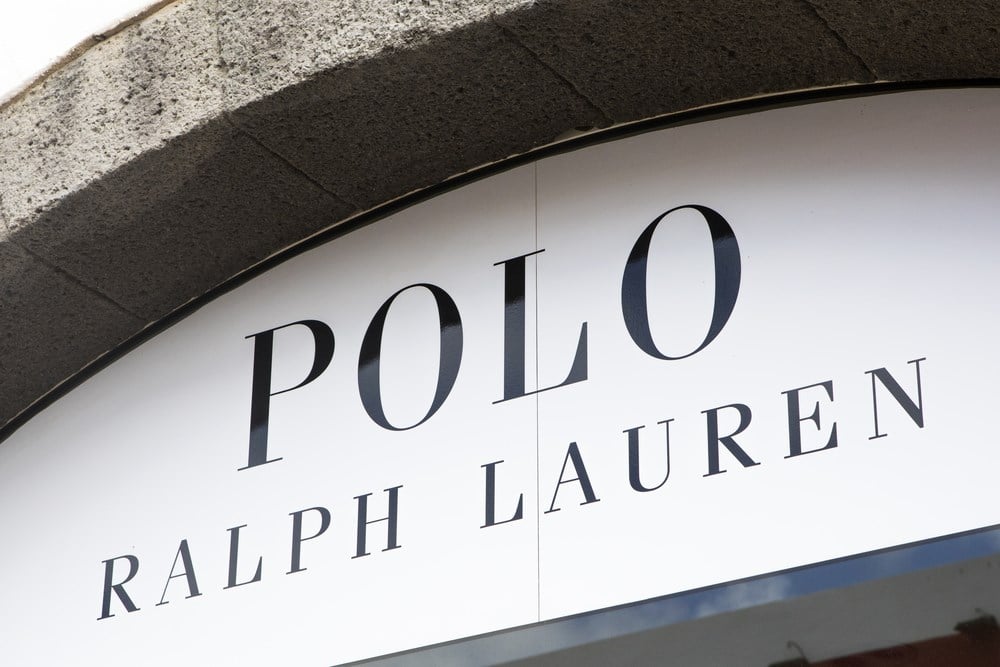
Shares of Ralph Lauren (NYSE: RL) are trading higher on Thursday's trading session, advancing as much as 8.2% amid bullish results from the company's first quarter 2023 earnings. RL stock chart would show it has outperformed other names in the sector, such as Under Armour (NYSE: UAA) and Levi Strauss & Co. (NYSE: LEVI), by a collective 52.5% over the past twelve-month period. However, this price outperformance comes with a subsequently higher price-to-earnings multiple, standing at 15.9x currently, which should not be taken as a sign of overvaluation but rather holding the opposite true. As a higher multiple, the back-of-the-envelope explanation refers to markets and investors willing to pay more for each dollar of current - and future - underlying Ralph Lauren earnings.
By posting a significant advance within the company's comparable sales levels (a primary key performance indicator for the retail industry), the foundation had been set for the rallying price investors are experiencing today. Not only did revenue increase past expectations, but more aggressive pricing conditions that enabled margin boosts across the board worked together to beat earnings per share expectations by a formidable 38.4%. These benefits trickled down to investors' pockets, benefiting from cash returned via dividends and share repurchases.
A Perfect Storm for Ralph Lauren
By dissecting the past readings and reports within the United States ISM manufacturing PMI index (a proxy for economic expansion and contraction), investors can effectively spot where the apparel industry has been - and is - headed. The Apparel industry has been reporting growth across all measures for the past three consecutive quarters, with no signs of slowing down. While tightening market conditions on the part of the United States FED and implementing interest rate hikes to slow the national inflation rate to more normal levels, the apparel industry is immune to the contracting effects that other branches of the economy have experienced.
By measuring supply and demand dynamics, investors can gauge the current market conditions that enabled Ralph Lauren to boost its sales and margins aggressively. The pendulum seems to be swinging in favor of apparel operators, as the industry has retained a capacity utilization reading over 75% for the past twelve months; where the sector sports an average rate between 70% to 75%, today's readings translate into high demand and low supply dynamics. Ralph Lauren's capacity utilization reads at 61% for the first quarter of 2023, implying that despite its growth, the business still has room to break out of today's performance.
Within its press release, management points to the company being able to "... balance growth and operating discipline..." speaking to the challenging economic environments that the industry had to overcome. Despite tight supply chains and increasing demand for their products, management achieved the no small feat of boosting operating margins, ending the quarter at 2.6% compared to 2.4% a year prior. The high-demand environment and high output on the part of the industry overall allowed gross margins to see a 61.6% level as the company retains its pricing power stance with suppliers.
Ralph Lauren Investor Grandeur
Ralph Lauren analyst ratings suggest a 46.5% upside from today's prices, and management agrees that the stock may be severely undervalued today. Nevertheless, shareholders enjoyed some of the most critical dynamics of owning a company at Ralph Lauren's level, taking part in a larger share of a growing pie. After repurchasing nearly five million shares off the open market and returning up to $653 million to shareholders via these buybacks on top of dividends, today's dividend yield can tell a deeper story.
Over a five-year period, RL stock has paid investors an average dividend yield of 1.75% to 2.0%, where today's high yield of 2.6% may imply another sign of undervaluation. Significant price target upside, management repurchases (which can translate to insiders believing their own stock to be cheap enough), and high dividend yields create a sensible scenario for investors to smile at their screens. As if these hints were not enough to provoke a major rally, management guidance for the remainder of the year may do the trick.
Executives are pointing to a low-single-digit increase in net sales, where comparable sales may end up outperforming, and operational efficiency advances. Pointing to a 30 to 50 basis point increase in operating margins, and a further 50 to 100 basis points increase in gross margins, investors are in for the possibility of bigger repurchases and dividend payouts on the back of higher free cash flows enabled by these margin expansions. This belief stems from the expected reduction in freight and shipping costs, a NYSE: WSM" target="_blank" rel="noopener">viewpoint shared by Williams-Sonoma (NYSE: WSM) and shipping operator ZIM Integrated Shipping Services (NYSE: ZIM) whose management points to average freight rates to be lower in 2023-2024.





